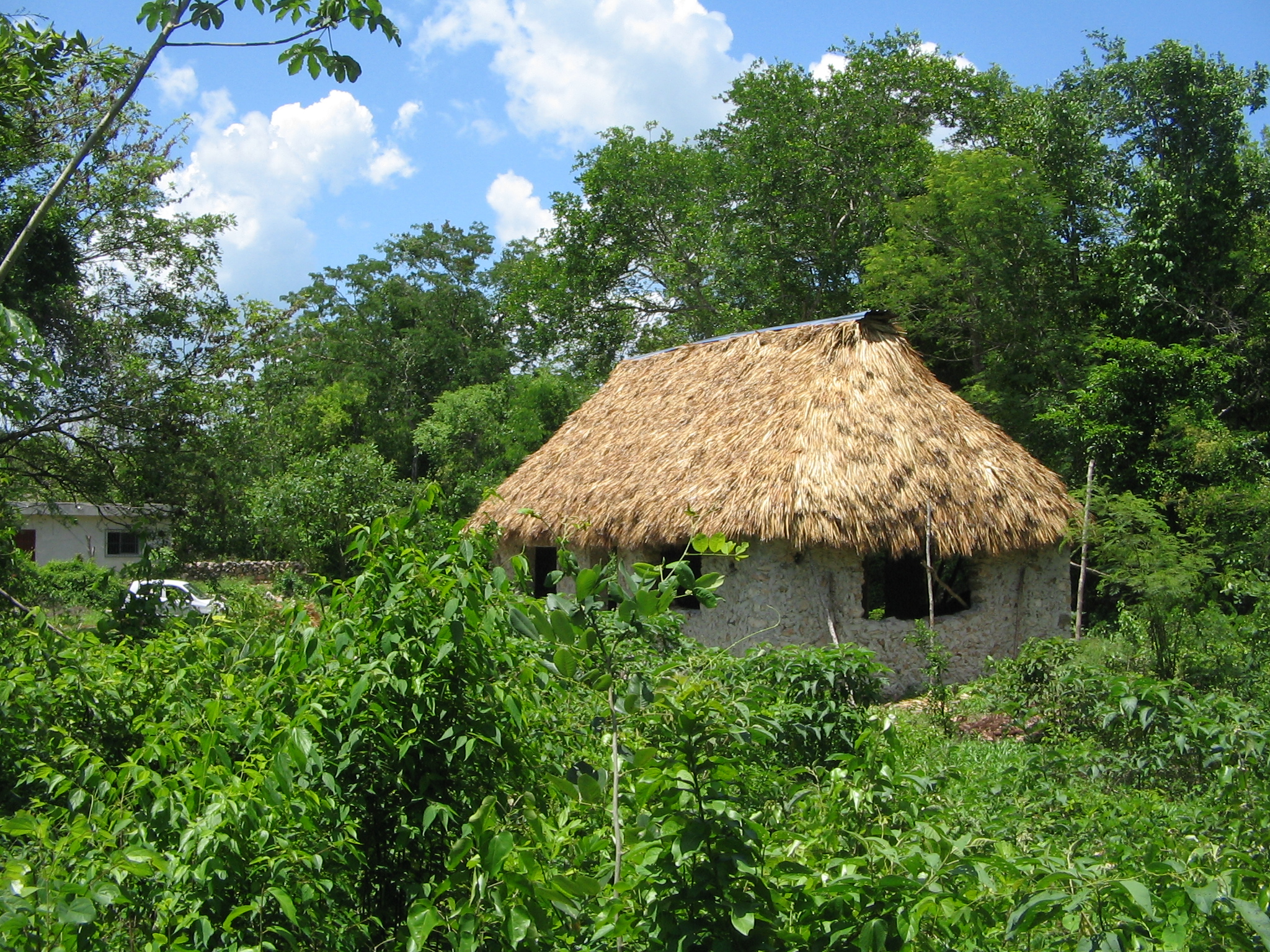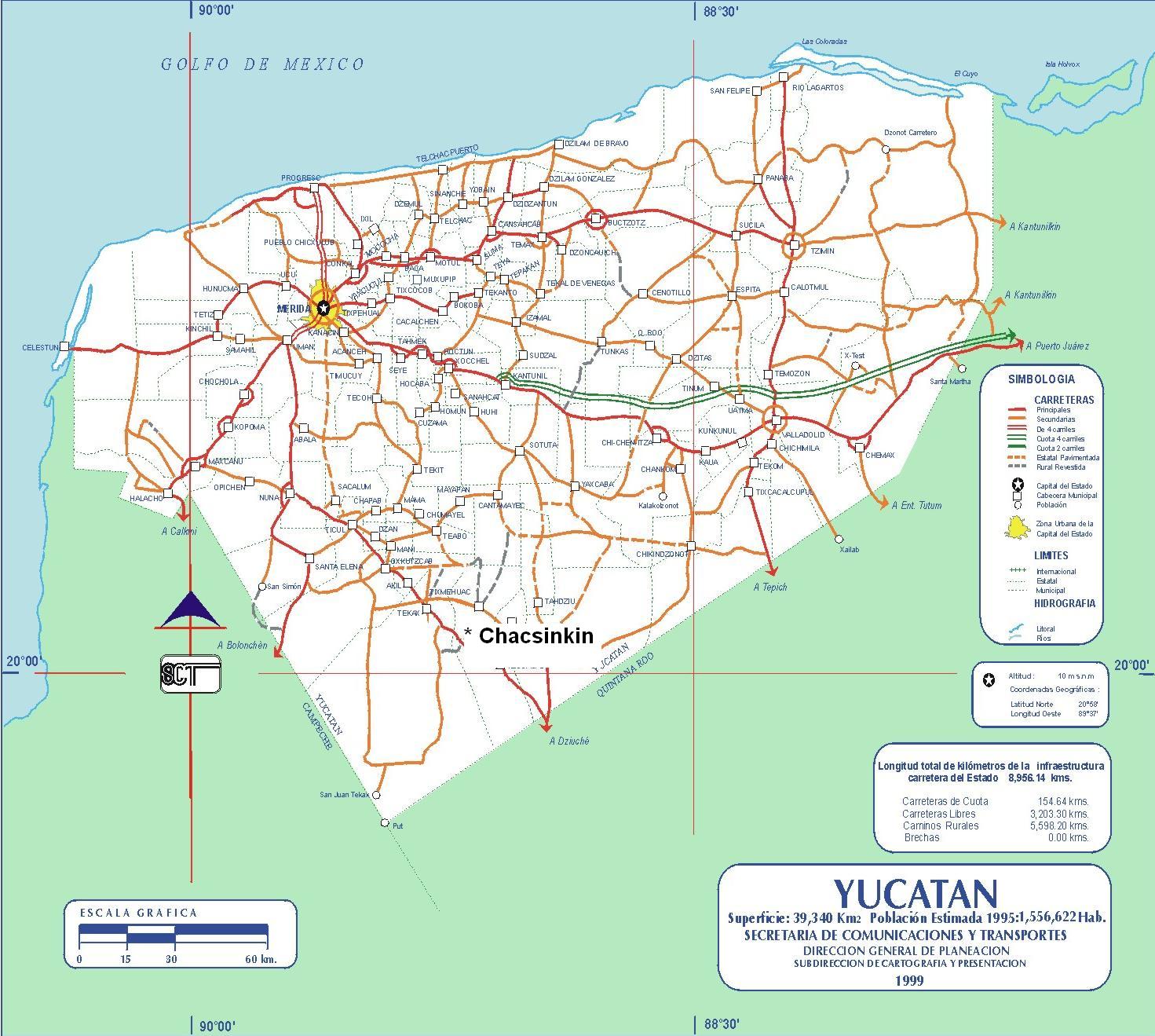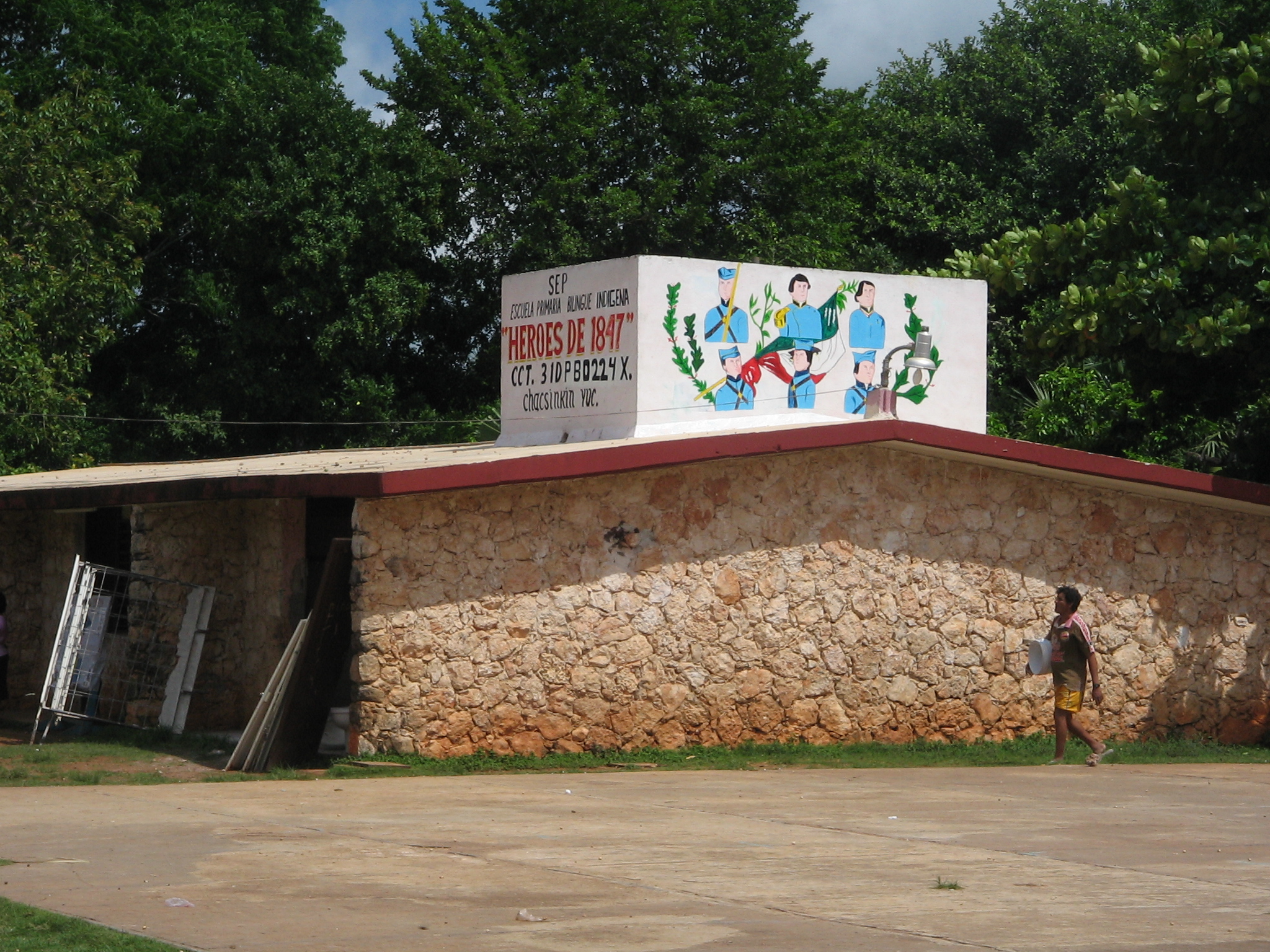Primary Education, Culture, and Cognitive Processes of Yucatec Mayan ChildrenCo-PIs: Mike Cole & Juan Carlos Mijangos Noh


Participants Publications Teleconferences Images
Project Summary
This project linked researchers and students from six different colleges and universities in Mexico and the United States. The basic purpose of the research was to determine if there are ways to leverage the indigenous linguistic and cultural resources of the residents of a Yucatecan Mayan village to enhance the education of their children in a school system where Spanish and the uniform national curriculum of Mexico are standard. The researchers and students in the Yucatan carried out a series of investigations to better understand the linguistic practices in the children's classrooms and homes and the attitudes towards Mayan language and culture characteristic of the children's parents and teachers. The Mexican team participated in regular seminars with researchers and students from four different U.S. universities.
The Mexican team conducted research in two primary schools to assess the use of Mayan and Spanish languages within primary school classrooms. In addition they investigated the use of Mayan and Spanish within the homes in Chacsinkin. Results of the classroom study indicate that the Mayan language is principally used for classroom management while Spanish is the language of instruction. The researchers also found that most of the teachers do not live in the village and that their proficiency in the Mayan language varies. Research on language use in the home and among children in the classroom revealed that some families are raising their children using Spanish as the primary language in the home. Overall, there appeared to be little local interest in the idea that Maya language and culture could be a positive resource for the children.
Owing to the research findings on the limitations of Mayan usage in the schools and in some of the homes, the researchers elected not to develop the "funds of knowledge" pedagogical interventions that were originally planned. Official Mexican Government policy advocates primary education in indigenous communities in the children's native language; however, studies conducted under this grant raise significant questions about whether the Mexican Government policy can be effectively implemented in villages like Chacsinkin under the current conditions. The Mexico team completed a manuscript for publication on the results of the study that are being translated into English.
Also the team of researchers and advisors has noticed varying linguistic, social and educational situations in different villages. For instance, in Sisbikchen, a village smaller than Chacsinkin, Mayan is still being used more commonly as the primary language in the homes. Besides, the influence of the emigration process of the population to work in CancÂœn and other resorts areas apparently has different impacts than in Chacsinkin, so the western cultural elements are incorporated in a diverse way which shows the resilience of the Mayan culture. Another important and probably unique condition is the presence in Sisbikchen of a local teacher who is very eager to strengthen the Mayan cultural milieu in the school and the community. Such assortments of differences offer new possible issues for future research.
Another very important product of the collaborative work has been the complementary approach provided by the different cultural backgrounds of the researchers, which allows the team to detect more nuances and perspectives present in the phenomena.
The project increased international collaborations among the participating researchers and students. Five international video conferences were held between the Mexican research team, the UCSD team and members of the advisory group. Researchers from five universities traveled to meet with their counterparts. The grant established communication between researchers in the United States and Mexico who work in the Yucatan burr were previously unfamiliar with one another's work. Several of the Mexican and US undergraduate and graduate students participated in international visits and email exchanges. The various interchanges spawned at least one Ph.D. dissertation and several conference presentations and publications.
Collaborators: Suzanne Gaskins, Virginia Gordon, John Lucy, Luis Moll
Graduate Students: Patricia Azuara, Robert Lecusay, Luis Cerveto Robles, Fabiola Romero
